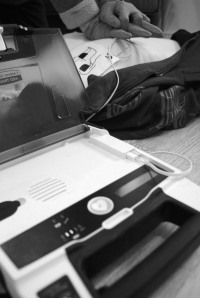Comparison of Video Laryngoscopy and Direct Laryngoscopy in a Critical Care Transport Service
Prehospital Emergency Care. Posted online on December 11, 2012.
The authors evaluated video laryngoscopy (VL) for use in a critical care transport system and hypothesised that the total number of airway attempts would decrease when using a video laryngoscope versus use of direct laryngoscopy (DL).
A non-randomized group-controlled trial where six aircraft were outfitted with VL and the remainder utilized DL responding to a mix of scene runs and interfacility transports. The primary outcome measure was the number of intubation attempts but the authors also compared the first-pass success (FPS) rates, laryngoscopic grades, and frequencies of rescue device use (including utilization of surgical airways) between VL and DL.
Crews intubated 348 patients with VL and 510 with DL. Successful endotracheal intubation within three attempts occurred 97.6% of the time. The FPS rate was 85.8% . In this cohort of patients, VL did not differ from DL with respect to total number of airway attempts (1.17 vs. 1.16), FPS rate (85.6% vs. 86.1%), or use of rescue airways (2.6% vs. 2.2%). The laryngoscopic view was superior in the VL group relative to the DL group (median Cormack-Lehane grade 1).
The authors found that VL using the C-MAC video laryngoscope did not reduce the total number of airway attempts or improve intubation compared with DL in a system of highly trained providers but it did improve the lanryngoscopic view.
http://informahealthcare.com/doi/abs/10.3109/10903127.2012.729128


